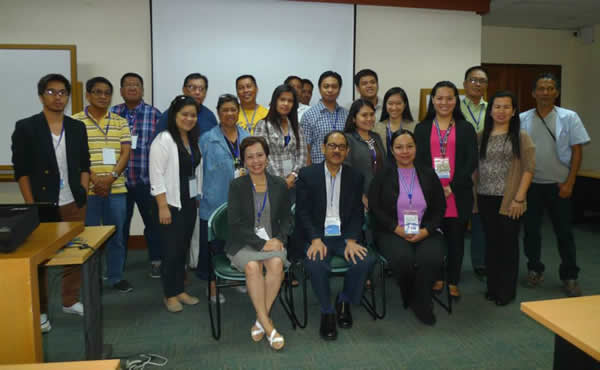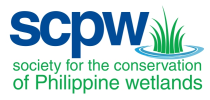Increasing capacity of local communities to sustain wetland conservation activities in the Laguna de Bay Region and Marikina-Pasig River Watershed
The project aimed to increase the capacity of local organizations to take actions for wetland conservation which will directly translate into managing natural and human-made disasters and help in implementing climate change mitigation and adaptation measures. It took a different route from the usual intervention that directly train people on actual measures by dealing instead with a more basic organizational aspect. This refers to the organizational capacity to access resources and how to manage them efficiently and effectively to come up with the desired outcome which is a resilient and climate change-proof environment.

Project Site –
Marikina River and Laguna de Bay Region
The project targets areas that are vulnerable to flooding and close to Metro Manila and where the Society for the Conservation of Philippine Wetlands, Inc. and the UPS had already done previous work. The specific cities and municipalities that were included in the project are the following: Angono, Lumban, Manila, Pasig City, Pateros, Pila, Tanay, San Mateo and San Pablo City. All of these lie within the Pasig-Marikina-Laguna Lake Complex with an approximate catchment area of 4,678 square kilometers.
The Project aimed to –
- Assess the readiness of local organizations to embark on wetland conservation measures
- Improve project management skills of local organizations
- Engage the local communities in wetland conservation activities in the Marikina – Pasig River – Laguna de Bay Region
- Help local communities in accessing resources for wetland conservation activities
Approach and Methods –
- participatory and transparent methods of selecting the participating organizations.
- innovative learning tools, resources, methods and approaches that will enable local conservation organizations to raise funds, build strong local partnerships, and have a clear action plan on how to reach their goals.
- a combination of lectures, field exposure, mentoring sessions, sharing of experiences, practical application of learnings in real situations.
- involve five modules of three days each including a field visit to an organization and their project site.
Activities –
- Preparation and Organizational Profiling
- Organizational Readiness
- Project Development and Management
- Resource Mobilization and Sustainability / Donors Meeting
- Communication and Sharing of Best Practices
- Culmination of the Project
The Implementors –

